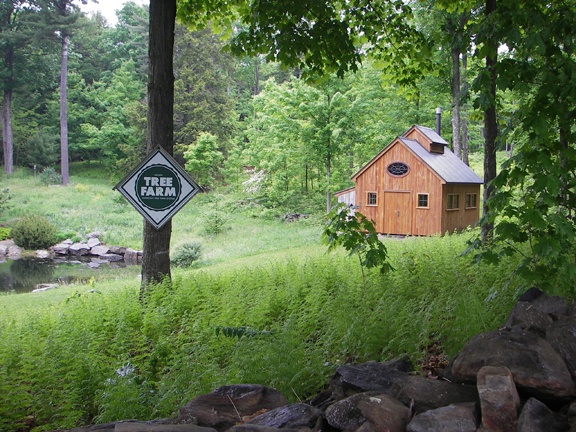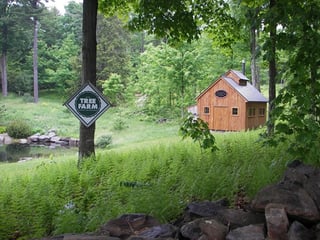3 min read
US Green Building Council’s New LEED Change a Boon for Forest Industry and Landowners
John Greene
:
April 12, 2016

The U.S. Green Building Council (USGBC) recently initiated significant certification changes that will have an extensive, positive impact on America’s forest products industry as well as private forest ownership. The USGCB, the governing body for the Leadership in Energy and Environmental Design (LEED) green building rating and certification structure, announced that it will officially recognize wood and paper certified under the Sustainable Forestry Initiative (SFI) and other programs affiliated with the Programme for the Endorsement of Forest Certification (PEFC) within its LEED building standard. The goal of this new pilot Alternative Compliance Path (ACP) is to encourage environmentally responsible forest management and eliminate illegal wood from the building materials supply chain.
This new ACP is applicable to both LEED 2009 and LEED v4 systems, and is designed to address a critical piece of the supply chain by rewarding project teams with an additional credit point when they proactively verify that the wood they are using is legal. The new LEED credit structure will encourage builders to use wood from all credible certification systems operating in the US, including the American Tree Farm System (ATFS), SFI and the Forest Stewardship Council (FSC).
To earn the additional LEED credit point via the new pilot ACP, builders must verify that:
- 100 percent of a project’s building materials come from legal sources
- 70 percent of a project’s building materials come from responsible sources (certified by a global PEFC-affiliated program)
- 25 percent of the total cost of a project’s building materials come from responsible sources (certified by a PEFC-affiliated program)
“Healthy, vibrant forests are an essential piece of life as we know it,” noted Rick Fedrizzi, CEO and founding chair of the USGBC. “LEED has made tremendous strides by promoting leadership on sourcing of forestry products. We want LEED to also be a significant driver for stopping illegal logging. As we have begun looking at approaches to incentivize responsible sourcing of all materials that go into our buildings—such as concrete, steel, copper and other materials—we recognize the need to address both the top—rewarding the best—as well as the bottom by eliminating unacceptable practices.”
This new pilot ACP will have a positive ripple effect throughout the entire forest products value chain. While LEED is a voluntary certification, it is quickly becoming a standard among American builders as green building initiatives and forest sustainability and conservation efforts become more prevalent. According to the 2015 USGBC Green Building Economic Impact Study, green construction will account for more than 3.3 million US jobs and generate $190.3 billion in labor earnings. The industry’s direct contribution to the US gross domestic product (GDP) is also expected to reach $303.5 billion from 2015–2018.
Higher building materials standards will also help to develop new markets for responsibly-sourced wood products, which will drive forest improvements at the landowner level.
Private timberland owners voluntarily maintain sustainability and conservation efforts and protect clean water and wildlife habitats on their properties. As we have noted, maintaining a healthy working forest has environmental, financial and social benefits. Family landowners make up the largest forest ownership group in the US, collectively owning more than one-third of the forests across the country— more than the federal government or corporations. The US Forest Service (USFS) estimates that 47 percent of all timber removed from American forests comes from family lands. In the US South more specifically, the number rises to 51 percent. 
Responding to the news, Tom Martin, president and CEO of the American Forest Foundation (AFF) said, “This is a milestone for family woodland owners, Tree Farmers, and forest conservation in America. Family landowners are a critical group of individuals that steward our forests, providing local sustainable wood fiber while also conserving clean water and air, wildlife habitat, and ensuring the overall health of our forests.” The ATFS certification, which is run by AFF, is celebrating its 75th anniversary this year and supports nearly 80,000 Tree Farmers in sustainably managing more than 21 million acres of forest.
“Markets for wood products help us conserve our forests,” noted Dr. Salem Saloon, ATFS member from Brewton, Alabama. “We as landowners have annual costs for management and taxes. Markets that want sustainably managed wood encourage landowners to earn income to replant, restore and keep forests as forests. This recognition could have a real impact in the marketplace as some estimate that half the commercial buildings in the U.S. are being built to a green standard today.”





